Picking actual ‘winners’ in an article about a camera auction is an onerous task since everyone has different tastes. In my own case, I like most vintage cameras, and therefore, almost everything in any major camera auction catalogue would appeal to me.
It is hard to believe that this is already the fourth Wetzlar Camera Auction, run by my good friend Lars Netopil and his colleague Jo Geier. As is usual by now, they have provided an excellent catalogue containing many rare and desirable cameras and other items.
An early bird
This is the 77th Leica ever made, a I Model A from 1924 with a five-element Anastigmat 50mm f/3.5 lens. Only 150 cameras were made with this lens before it was replaced with the Elmax for copyright reasons. This then developed into the well-known four-element Elmar, ‘the lens that made Leica’.
The Anastigmat is accompanied by a FISON hood with a rectangular cutout. This device had to be readjusted every time the lens was focussed.
What were they thinking? I have one of these hoods, which I bought for its rarity. I also have several examples of the later, more common, version with a circular cutout and which does not require such adjustment.
With all early Leicas, as the serial number goes down, the price goes up. This item, which bears serial number 202 and is No 3 in the catalogue, will start at €20,000 and the expected price range is €40,000-50,000.
A management decision
This item is a case for underwater photography using a screw-mount Leica. It was not manufactured by Leitz but rather was made in England for the well-known Leica dealer RG Lewis.
A friend, who worked for RG Lewis many years ago, told me a story about how the first example of this item was tested by a team from RG Lewis on a beach in Dorset.
A ‘member of staff’ was told to enter the water wearing a frogman suit and bearing the case with a camera inside while management stood on the beach taking notes.
When the frogman emerged from the water, the management inspected the case, and the camera was found to be dry inside. Then followed a decision to have the case manufactured. However, they did not test the unit at taking photographs, a task for which it was difficult to use.
I have not seen any of these in use, but I do know of one example that ended up at the bottom of the Atlantic Ocean off the coast of County Clare in Ireland.
It was not thrown away; it just slipped into the sea while being transferred between boats. The owner still has hopes of recovering it. He says that he had worked hard to achieve accurate framing. He also said that while the housing was compact, it lacked ‘buoyancy’.
Thus the marine case became very rare and, indeed, relatively expensive. This example, with serial number 550, is item No.95 in the auction with a start price of €400 and an expected range of €800-1,000.
M camera for squares
We are probably all familiar with the 24x36mm format of 35mm film, which was used by many film cameras, including the M series.
Also familiar is the 18x24mm half-frame format. However, the 24mmx24mm square format is unusual, and that is what we have here, an early M prototype from 1954 (with some later features) which has been adapted to provide 52 exposures in a square 24x24mm format.
The camera also lacks a rangefinder or viewfinder, and its exact purpose is obscure. It is classified in the catalogue as an experimental prototype.
This camera is No.96 in the catalogue, with a start price of €4,000 and an estimate of €8,000-10,000. A hard one to figure out, and suggestions about possible uses for such a camera are welcome.
Black paint everywhere
The fetish for black paint is one that is well established among many Leica collectors. In this case, we are talking about a Leica MP, which was a model with features from the M3 and M2 for professionals who could also benefit from the fact that the cameras could be used with a Leicavit winder.
This one was first delivered to Norway in 1957 as a chrome camera, but the finish was changed to black paint as part of a factory repair in the 1960s.
The camera comes with a black-paint Leicavit winder. It also has three cutouts at the corner of the image window for marking the side of the image. Again, comments are welcome about the possible use of such a feature.
These cameras always go for large sums. The camera is No.104 in the catalogue with a start price of €150,000 and an estimated range of €250,000-300,000.
Space is the place
We are used to seeing cameras made for use in space with large knobs and paddles to enable manipulation with a gloved hand. Some Leica MDa models, like this one, were so modified to go on lunar expeditions but were not used.
In this case, the camera is a replica of a model used by NASA for the Skylab Airglow experiments. I won’t attempt to describe those experiments, but the curious can look here. The camera comes with a Noctilux 50mm f/1.2 lens with paddles for the main controls.
This very rare item is No 116 in the catalogue with a start price of €30,000 and an estimated range of €60,000-80,000
Three types of Canadian
This one had me racing to look at one of my own cameras, but rather than ‘Made By Leitz Camera’, my M4-2 just has the more common ‘Made in Canada’ stamped on the back. Some later M4-2s just had ‘Canada’ on the back.
Only around 100 bodies were graced with ‘Made by Leitz Canada’ and, hence, they are more valuable.
I am sure that to non-collectors for whom a camera is just a camera, this type of thing must be annoying and frustrating, but this is what motivates many collectors to keep on collecting.
This camera is No.126 in the catalogue, with a start price of €1,200 and an expected range of €2,000-2,500.
Our friend’s ‘John Hancock’
It is not often that the signature of a Macfilos reader and contributor ends up on an auction item, and, in this case, it happens twice on two examples of the Leica M6 TTL black paint LHSA model.
The signature is that of Bill Rosauer, who is editor of the LHSA (International Leica Society) Viewfinder magazine, and it appears on the Certificate of Authenticity for items No.132 and 133 (the latter is pictured above)
Both items have start prices of €4,000 and expected ranges of €8,000-10,000.
The Sign of Four
The Sign of Four is a famous Sherlock Holmes story by Arthur Conan Doyle. Four is also my favourite number, but I won’t be bidding on this. It is more of a coincidence, or should I say more elementary than the ‘Leitz Canada’ item mentioned above?
This is an M Typ 240, which just happens to have the serial number 4444444. Definitely one for ‘Four Fans’, or even for fans of the Two Ronnies’ ‘Four Candles’ sketch. But it might not appeal to potential Japanese collectors: ‘Traditionally, 4 is unlucky because it is sometimes pronounced shi, which is the word for death. Sometimes levels or rooms with 4 don’t exist in hospitals or hotels’.
The start price for item No.142 in the catalogue is €4,000 (what else?), and the expected range is €7,000-9,000. Now 7 fours make 28, but I better quit while I’m ahead.
Tray chic
This is a wooden tray which can carry ten containers for pre-assembled M camera bodies with plexiglass covers. Definitely one for the Leica collector who must have everything. And, perhaps, a talking point for your next cheese and wine party?
It is item No.174 in the catalogue with a start price of €300 and an estimated range of €500-600.
Ludwig’s sketches
Ludwig Leitz was the second eldest son of Ernst Leitz II. As well as maths and physics, he also studied sculpture. Later, he ran the development department at Leitz.
The sketches and correspondence in this lot (No.195) cover many topics, including the Leica IV, which never went into series production, correspondence with the Ministry of Aviation in Berlin and fuel level indicators for motor vehicles, among many other items.
There are 260 sheets in this collection, which will fascinate anyone who is interested in the relevant period.
The lot will start at €6,000 with an estimated range of €12,000-15,000.
A Brit fit for a German
This is a British Dallmeyer 2-inch f/1.9 Super-Six Anastigmat lens, which many readers will associate with the Ilford Witness.
This one was, however, made with an M39 (Leica screw) mount from the start. The last three digits of the serial number are engraved on the barrel. Suggestions as to what the purpose of this was would be most welcome.
This is No.215 in the catalogue and the start price is €16,000, with an expected range of €30,000-35,000.
More info
I have covered only eleven items out of 256 in the catalogue, which can be viewed in full here. It is well worth examining the catalogue as many interesting items lie within. What do you think? Does anything tickle your fancy?
Read more from William Fagan
William Fagan and the Swiss Roll sensation
Macfilos on the underwater camera housing
Join the Macfilos subscriber mailing list
Our thrice-a-week email service has been polished up and improved. Why not subscribe, using the button below to add yourself to the mailing list? You will never miss a Macfilos post again. Emails are sent on Mondays, Wednesdays, and Fridays at 8 pm GMT. Macfilos is a non-commercial site and your address will be used only for communications from the editorial team. We will never sell or allow third parties to use the list. Furthermore, you can unsubscribe at any time simply by clicking a button on any email.

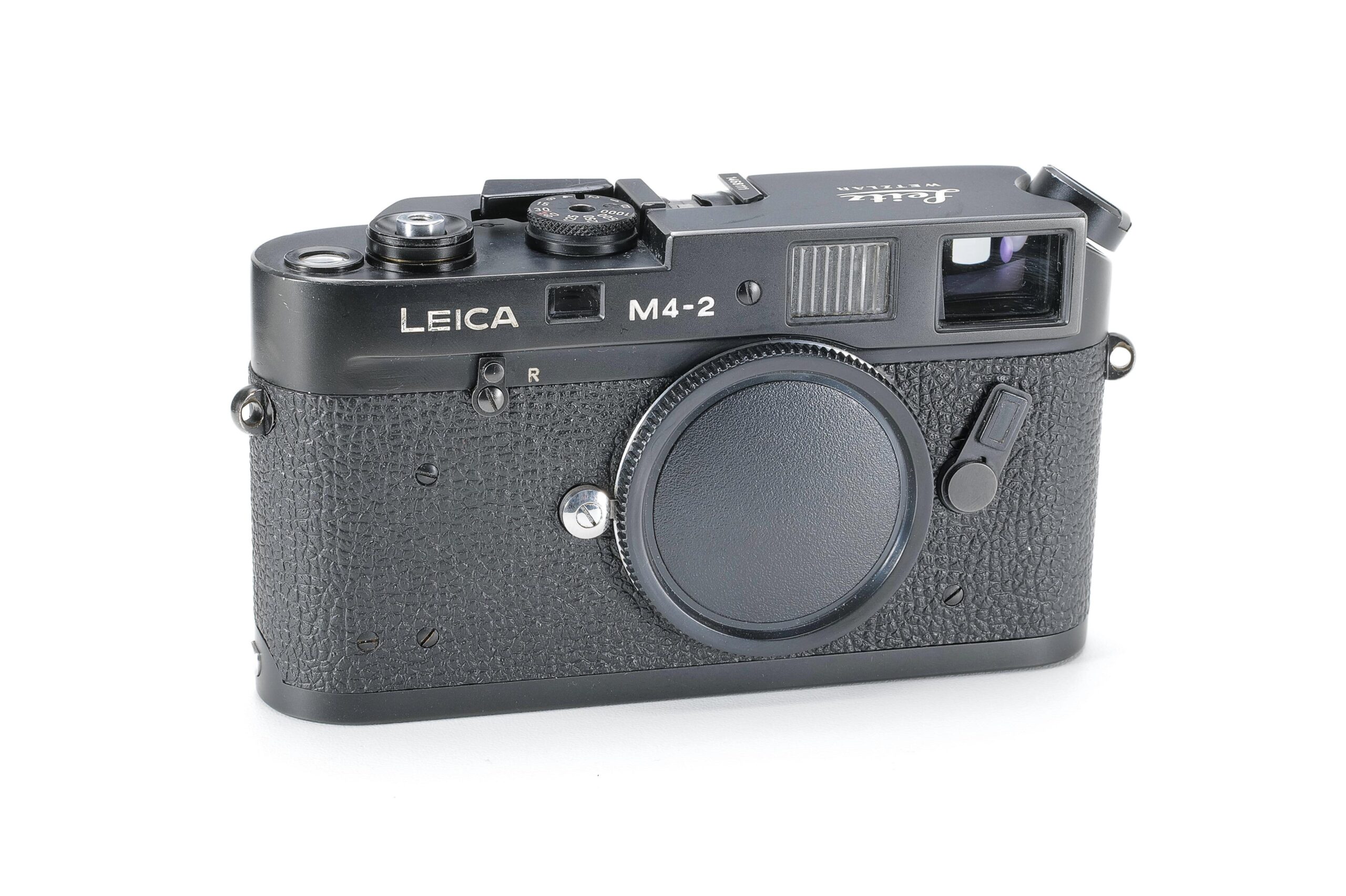
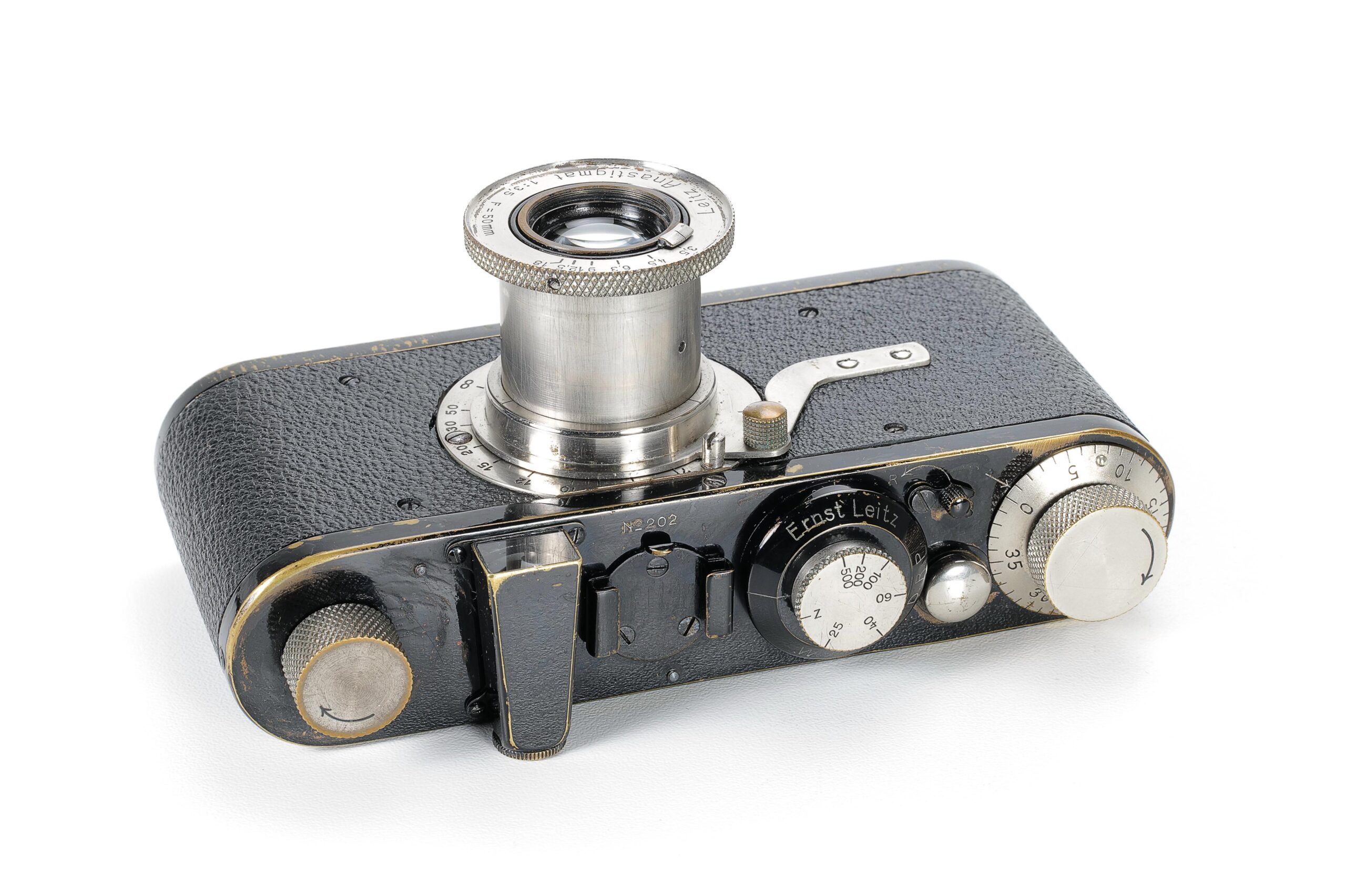






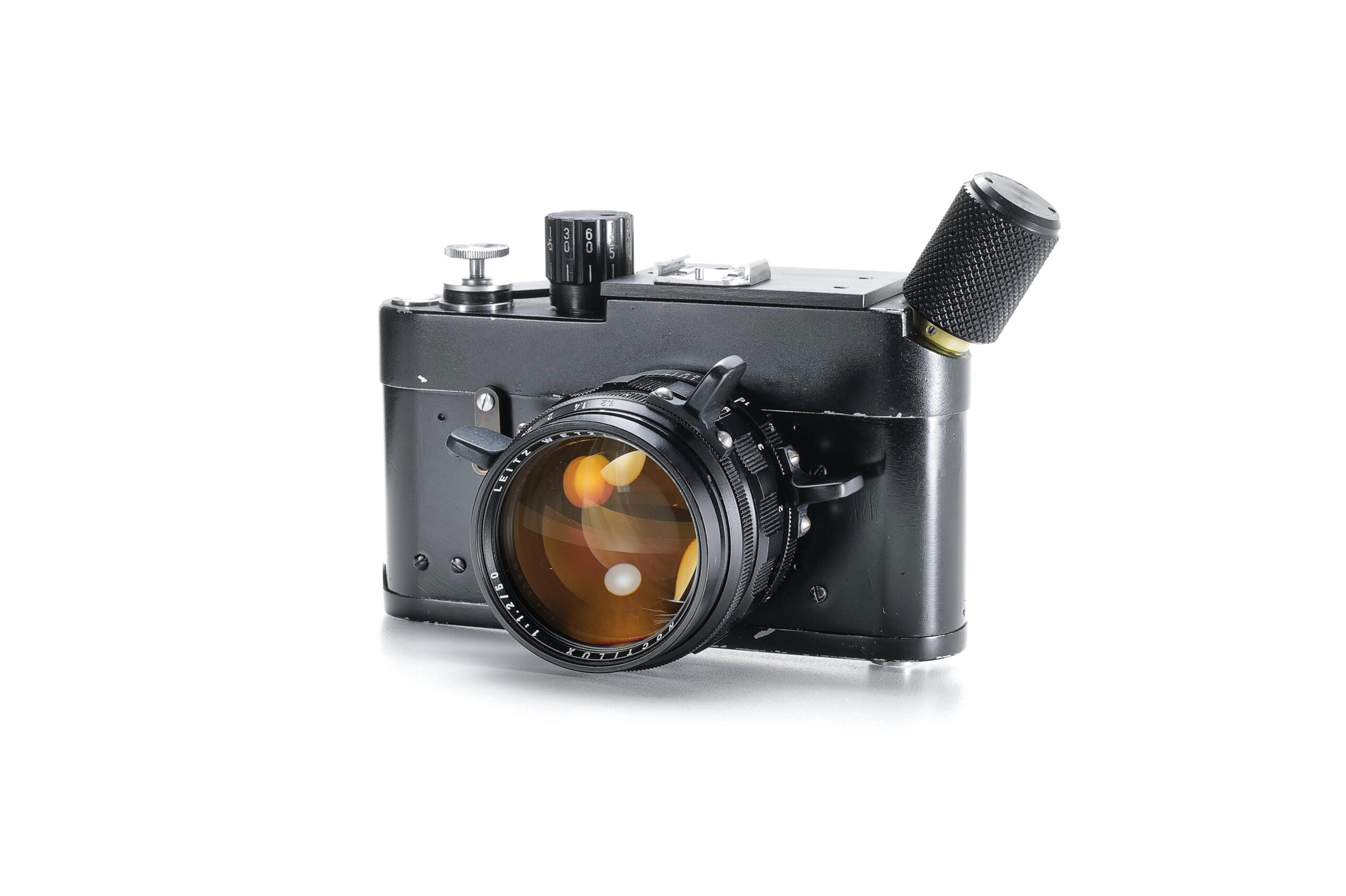


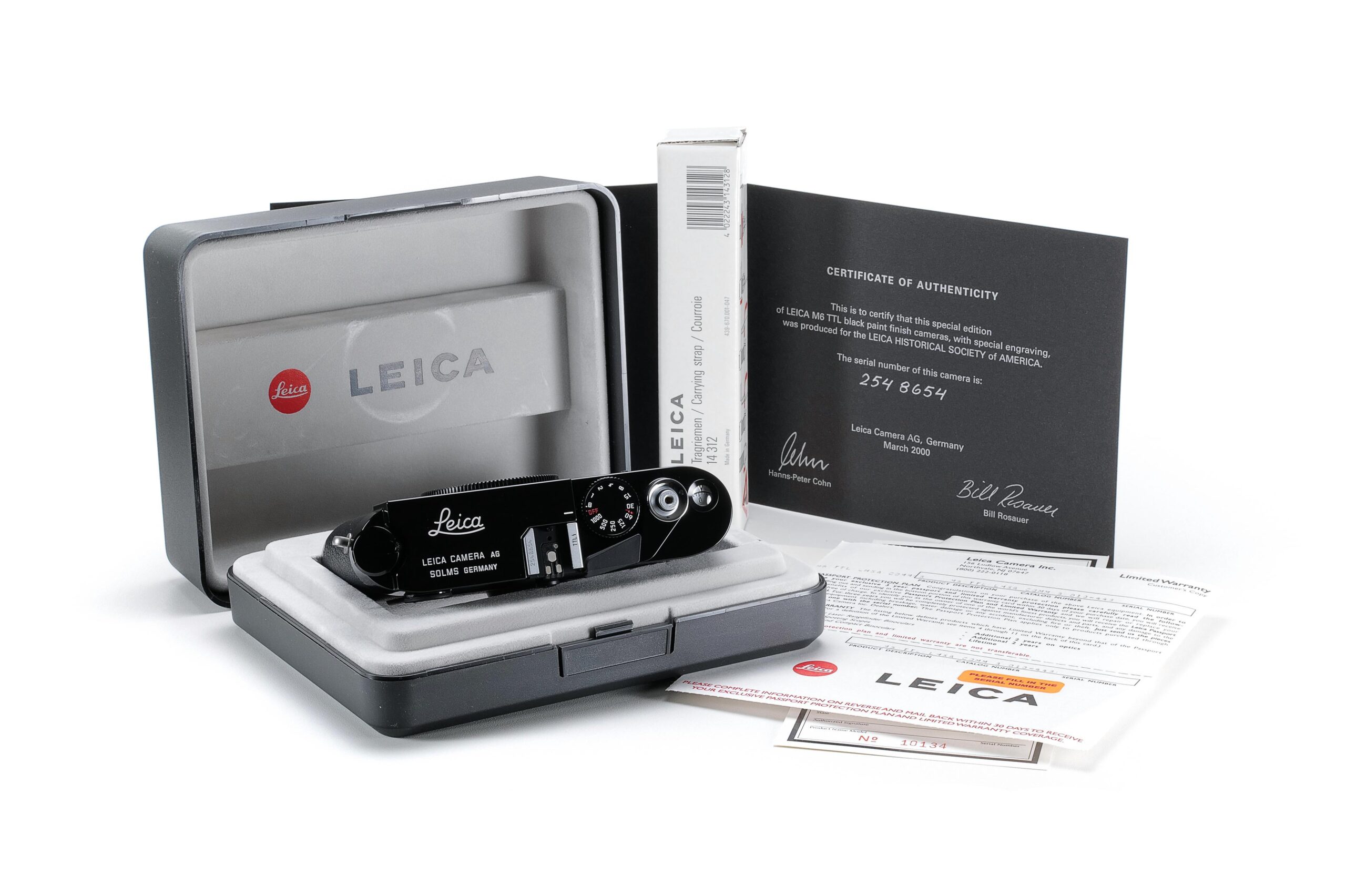


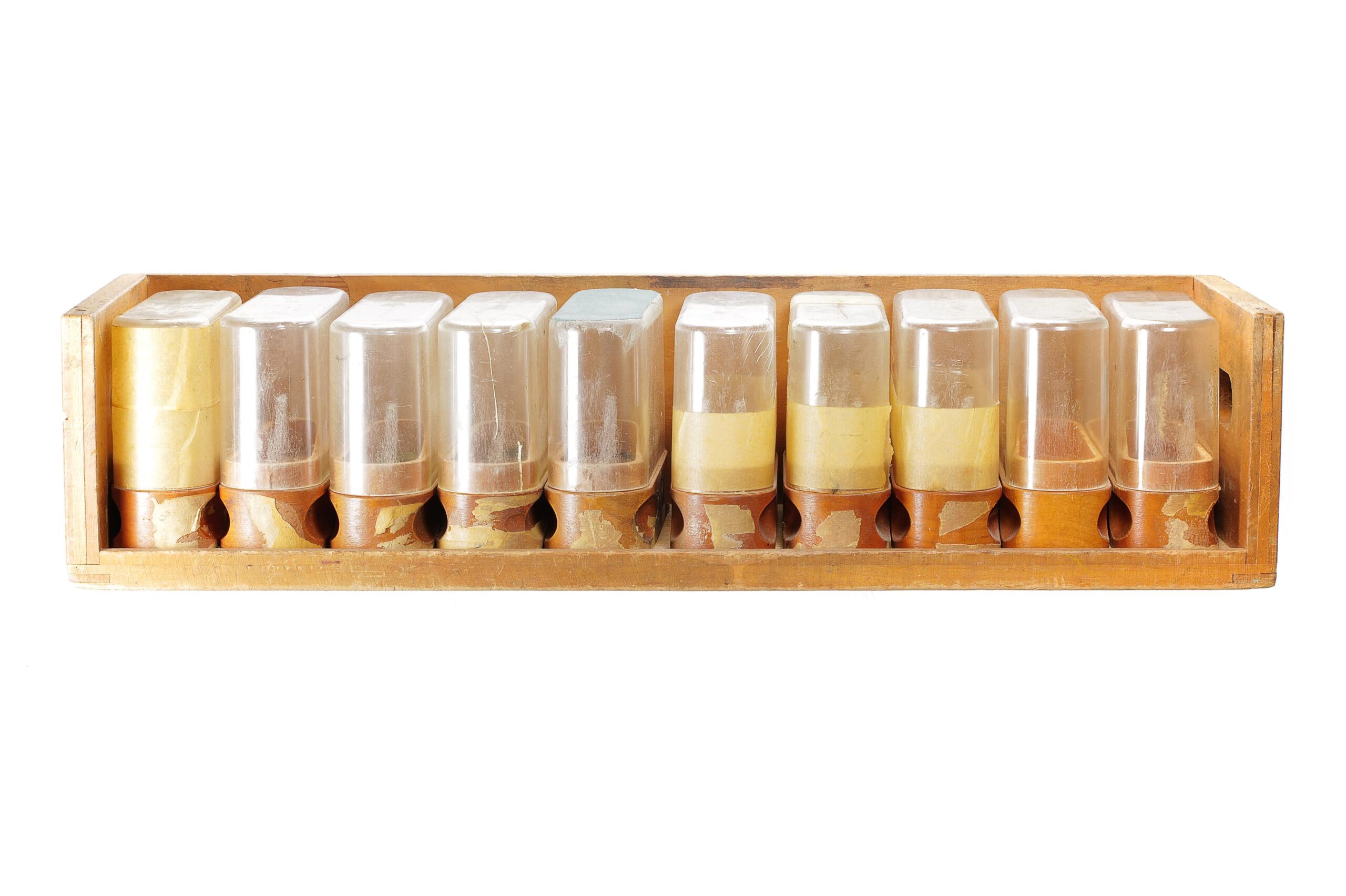


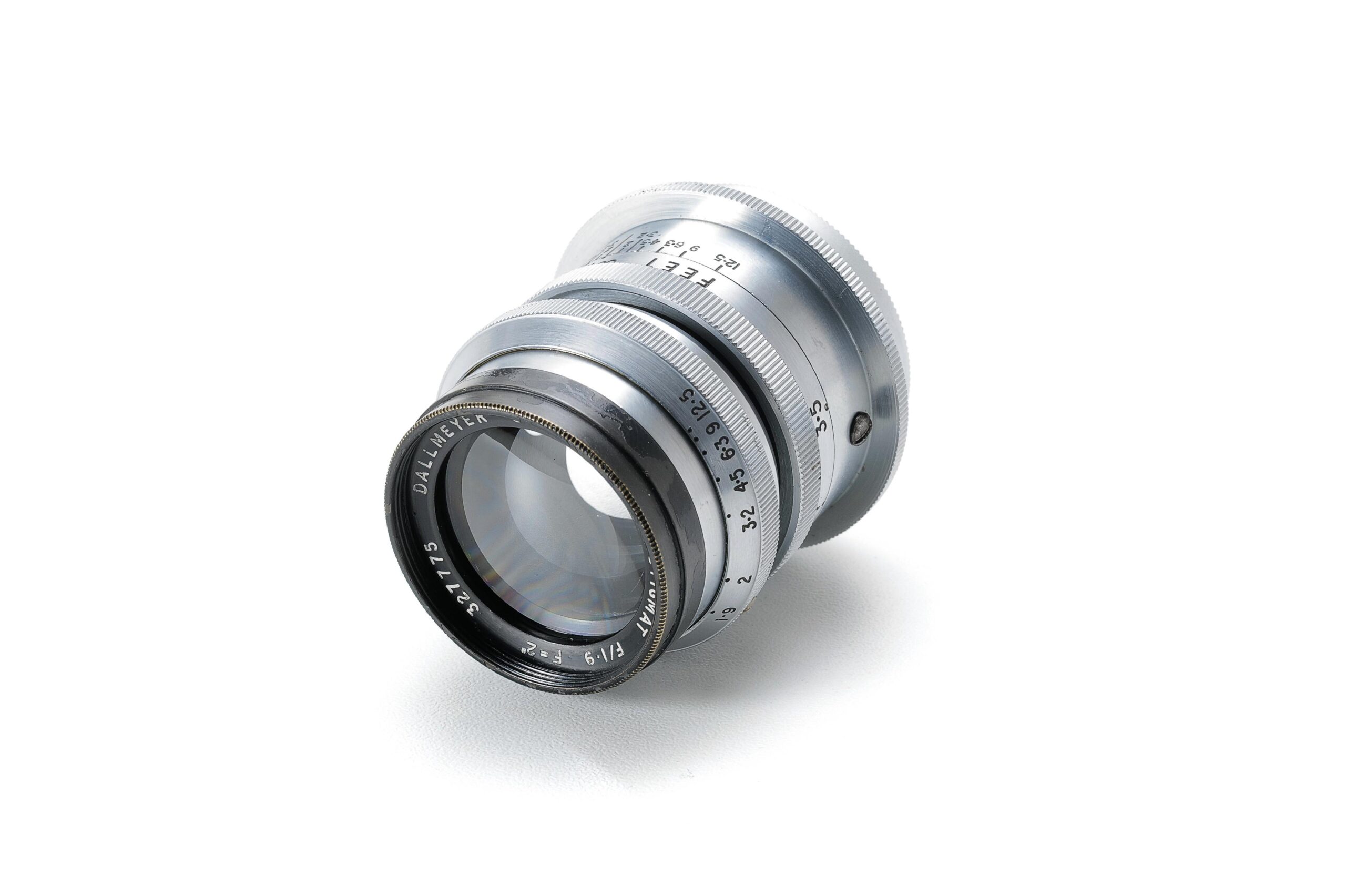
Fun to see my signature on the Certificate of Authenticity all these years later. It was the cherry on the top after working with Leica for four years to make the Black Paint camera happen.
When I saw the cameras the way that they were laid out in the catalogue, my eye fell on the Certificates of Authenticity with your signature on them. It is always nice to see something with a personal connection in an auction.
I look forward to seeing you in Dublin in a couple of weeks from now and doing our joint presentation on Leica heritage and archives. We have big shoes to fill in the absence of Mr Lager. Both Jim and Lars liked this article.
William
Re: M camera for squares
Is this not for microscopes – therefore it doesn’t need a viewfinder or rangefinder, and as the image from a microscope is round, a standard rectangular frame wastes more space at the sides than a closer fitting sqaure frame?
Thanks, Andrew. That is a possibility. Leitz had been making camera and microscope combinations as far back as the late 19th Century, well before the introduction of the Leica. The company had been making microscopes since the mid 19th Century. In any event, this square format M camera never achieved series production.
William